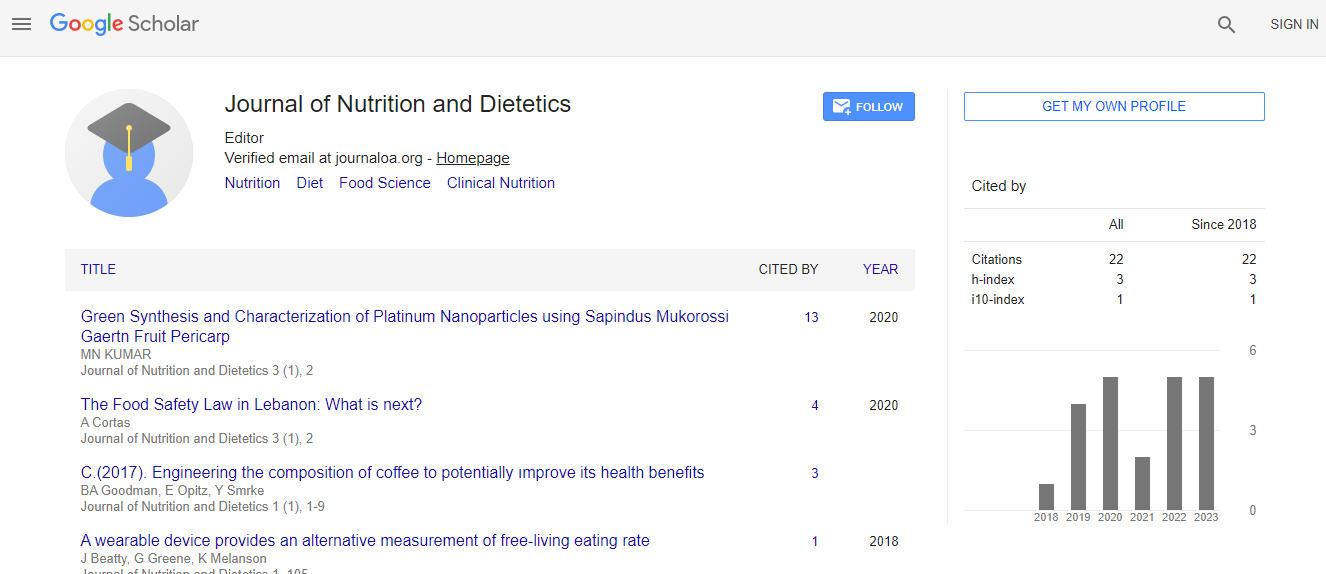Future Prospects of Developing Anti Diabetic Drugs from Plants and Cvot Trails of Empagliflozin
*Corresponding Author:
Copyright: © 2020 . This is an open-access article distributed under the terms of the Creative Commons Attribution License, which permits unrestricted use, distribution, and reproduction in any medium, provided the original author and source are credited.
Abstract
Hyperglycemia seen in T2DM occurs secondary to pancreatic functional impairment along with insulin resistance (IR), correlated with imbalance in glycogenolysis and gluconeogenesis rates enhanced endogenous glucose synthesis. Decrease in lipid was seen in total cholesterol, low density lipoproteins (LDL), very low density lipoproteins (VLDL), and triglycerides amounts with escalation of high density lipoproteins (HDL) amounts.DM presents with low plasma HDL with high triglycerides (TG), total cholesterol (TC), and LDL amounts. Escalated LDL prevents insulin release and causes pancreatic B –cell apoptosis, although rise in HDL helps against apoptosis along with increase in pancreatic B –cell function, decreased plasma glucose and enhanced insulin. Collection of TG in liver, pancreas and muscles is associated with IR and the TC levels in adipocytes enhancement with > amts of TG’s. As DM represents a complicated disease, there is requirement for agents that have multiple targets instead of single target approach by one drug. In view of this plants like herbs and spices represent a very lucrative therapy for DM since variety of protein targets might be controlled with >1 agent. In the study of Pereira., et al. almost 50% of the herbs and spices were shown to be having a good percentage that have multiple targets that are cinnamon, cumin, fennel, fenugreek, lemon balm, liquorice, oregano, lemon grass, saffron, marjoram, rosemary, sage, thyme

 Spanish
Spanish  Chinese
Chinese  Russian
Russian  German
German  French
French  Japanese
Japanese  Portuguese
Portuguese  Hindi
Hindi 